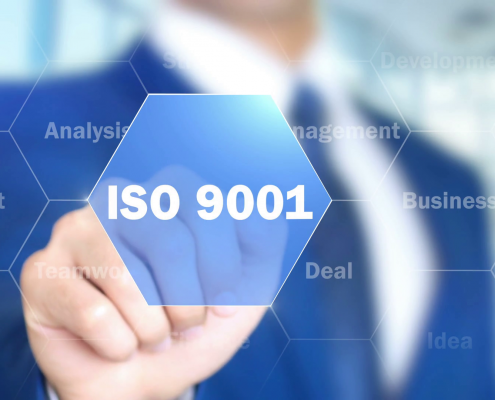
ISO
Many companies are concerned about how this ongoing pandemic is affecting the continuity of their activities and threatening their very survival.
Most business owners are concerned with how to keep their companies afloat and are updating their current procedures to accommodate events as unfortunate as the one we are experiencing.
For companies that are already ISO certified, they already have the tools in place to combat external threats. For those who are not, it is not too late.
In this series of posts, we will attempt to explain how ISO helps companies overcome the COVID-19 crisis. In this post, we are going to shed light on the ISO 27001 standard concerned with information security.
ISO 27001: Information Security
With the invasion of cloud technologies, the ISO 27001 witnessed strong growth. With the implications of the Coronavirus Pandemic, this growth is going to become exponential.
Equipment safety, backups, information exchange, network access control, laptops and mobile communications, remote access, key management, data protection and privacy of personal information, business continuity plans – surely if in your company you are working remotely, all these elements have been placed on the table. These are some of the controls established by ISO 27001 and that companies that are already certified have implemented. Therefore, their transition to working remotely or another new way of operating has been easy for them.
In addition, with the amount of malicious information circulating through the different digital media on the Coronavirus, it is imperative to keep the information safeguarded and establish security protocols within the company.
To that end, the ISO 27001 standard allows the implementation of an information security management system as an indispensable tool to protect companies and organizations from threats and risks against information.
This standard allows companies to:
- Identify risks
- Manage risks
- Minimize risks
The ISO 27001 is a standard that keeps the information of the company, customers and suppliers controlled and protected from any intrusion and possible cyber pirate or cyber-attack.
About H.A. Consultancies
We are a company with more than 20 years of experience in the implementation of ISO Standards and effective management solutions for your organization:
Quality Systems – Information Security – Software Quality – Compliance
Environmental management – Occupational Safety – Food Safety – Operational Excellence
H.A. Consultancies’ team of professionals and experts in ISO certifications will help you achieve your goals by offering you the best consulting service.


